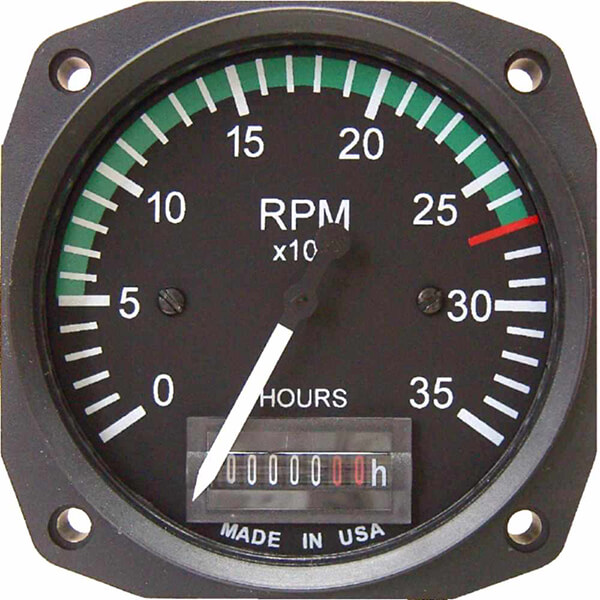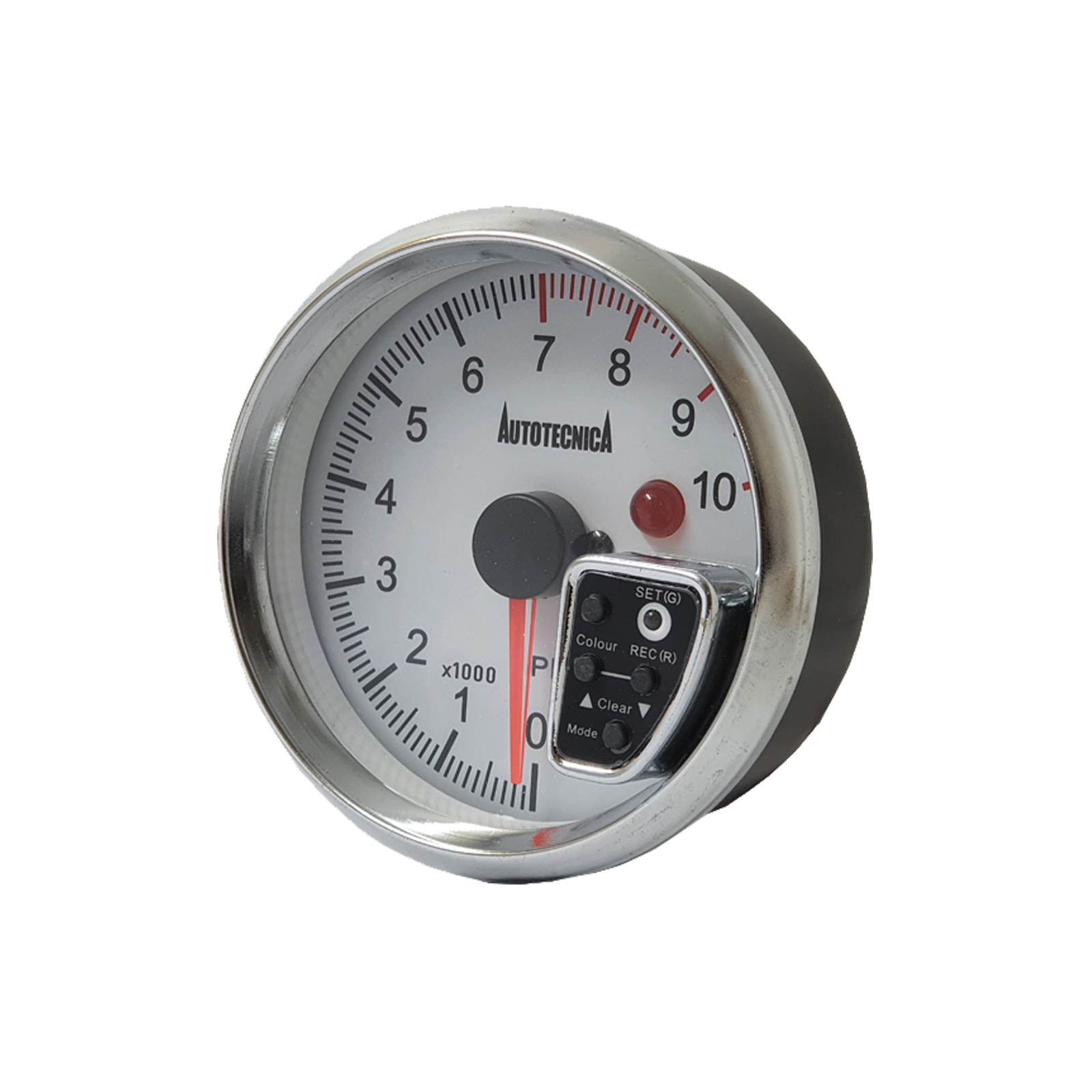How a Tachometer Aids Display Engine Wellness and Efficiency
How a Tachometer Aids Display Engine Wellness and Efficiency
Blog Article
Checking Out the Functions and Benefits of a Tachometer: A Comprehensive Guide for Cars And Truck Lovers
In the world of auto instrumentation, the tachometer stands as a crucial device that uses motorists beneficial understandings into their automobile's efficiency. tachometer. From supplying real-time information on engine rate to aiding in maximizing gear shifts, the tachometer functions as more than simply a dial on the control panel. Its diverse features not just boost driving experience however additionally play an essential function in preserving engine health and performance. As we explore the elaborate workings and advantages of a tachometer, a much deeper understanding of its value for cars and truck enthusiasts and professionals alike will unfold.
Recognizing the Essentials of a Tachometer
In the realm of automobile instrumentation, understanding the fundamentals of a tachometer is necessary for any kind of auto fanatic wanting to explore the intricacies of engine efficiency tracking. A tachometer, commonly displayed on the control panel of a vehicle, gauges the engine's changes per min (RPM) This critical tool supplies real-time information on just how quickly the engine crankshaft is revolving. By checking the RPM, chauffeurs can guarantee they are operating within the optimal array to maximize performance and effectiveness.
Tachometers usually have actually a scale marked in revolutions per min, with a redline indicating the maximum rate at which the engine can safely operate (tachometer). This information is important for avoiding engine damages and optimizing gear shifting for manual transmissions. Furthermore, tachometers can assist in diagnosing engine concerns such as misfires or a failing ignition system by detecting uneven RPM readings
Relevance of Keeping Track Of Engine Rate

The engine rate, determined in changes per min (RPM), indicates exactly how fast the engine's crankshaft is rotating. Checking engine rate is specifically critical during gear changes, as it assists chauffeurs figure out the best time to change equipments for smooth acceleration and efficient fuel consumption.
Furthermore, tracking engine rate can also supply beneficial insights right into the overall health of the vehicle. Generally, checking engine speed with a tachometer is a basic technique that can improve driving performance, extend engine life, and ensure a more secure and a lot more satisfying driving experience.
Enhancing Performance With Equipment Shifts
Enhancing efficiency through strategic equipment changes is an essential facet of optimizing a car's effectiveness and power result. Appropriate equipment shifting makes certain that the engine operates within its ideal power band, enabling smooth acceleration and enhanced gas economy. When changing gears, it is crucial to focus on the engine speed indicated on the tachometer. By keeping an eye on the engine transformations per minute (RPM), chauffeurs can figure out the most favorable minutes to upshift or downshift for optimum performance.

To accomplish peak efficiency with equipment shifts, chauffeurs must practice smooth and timely shifts between gears, matching engine rate with roadway speed to harness the full potential of their automobile's powertrain.
Optimizing Effectiveness With a Tachometer
Grasping the art of gear changing i was reading this in high-performance lorries not just boosts driving experience but also plays a critical role in taking full advantage of effectiveness with a tachometer. tachometer. By paying attention to the tachometer analyses, vehicle drivers can maximize their equipment shifts to operate within the engine's most efficient range. When increasing, changing gears at the best RPM suggested by the tachometer can stop the engine from straining or underperforming, resulting in boosted fuel effectiveness and total performance
In addition, a tachometer assists motorists prevent unnecessary revving, which not only loses fuel but likewise puts unnecessary stress on the engine. Continually checking the tachometer while driving enables smoother gear transitions, minimizing damage on the transmission system in time.

Advanced Tips for Tachometer Use
Enhancing driving precision through skilled tachometer interpretation is essential to enhancing automobile efficiency. To dive right into sophisticated pointers for tachometer use, think about incorporating using shift lights. Change lights are visual indicators that light up when it's time to change equipments based on engine revolutions per minute (RPM), enabling for seamless equipment modifications without constantly monitoring the tachometer. Additionally, practicing heel-and-toe downshifting method can be valuable when going for smoother changes between gears. This technique involves using both the brake and accelerator pedals simultaneously while downshifting, helping to preserve engine RPM and stop jerky movements. Additionally, using a performance tachometer with adjustable settings can give real-time information tailored to details driving preferences or lorry modifications. By fine-tuning shift factors and setting advising thresholds, vehicle drivers can maximize acceleration and engine performance while decreasing the risk of over-revving. These innovative strategies, when combined with a deep understanding of tachometer analyses, can raise driving effectiveness and overall driving experience.
Conclusion
To conclude, the tachometer serves as a critical tool for cars and truck fanatics to check engine speed, improve performance through gear shifts, and make best use of effectiveness. By comprehending the features and benefits of a tachometer, motorists can enhance their driving experience and prolong the life-span of their car. Utilizing advanced suggestions for tachometer use can even more improve driving abilities and overall efficiency when traveling.
Report this page